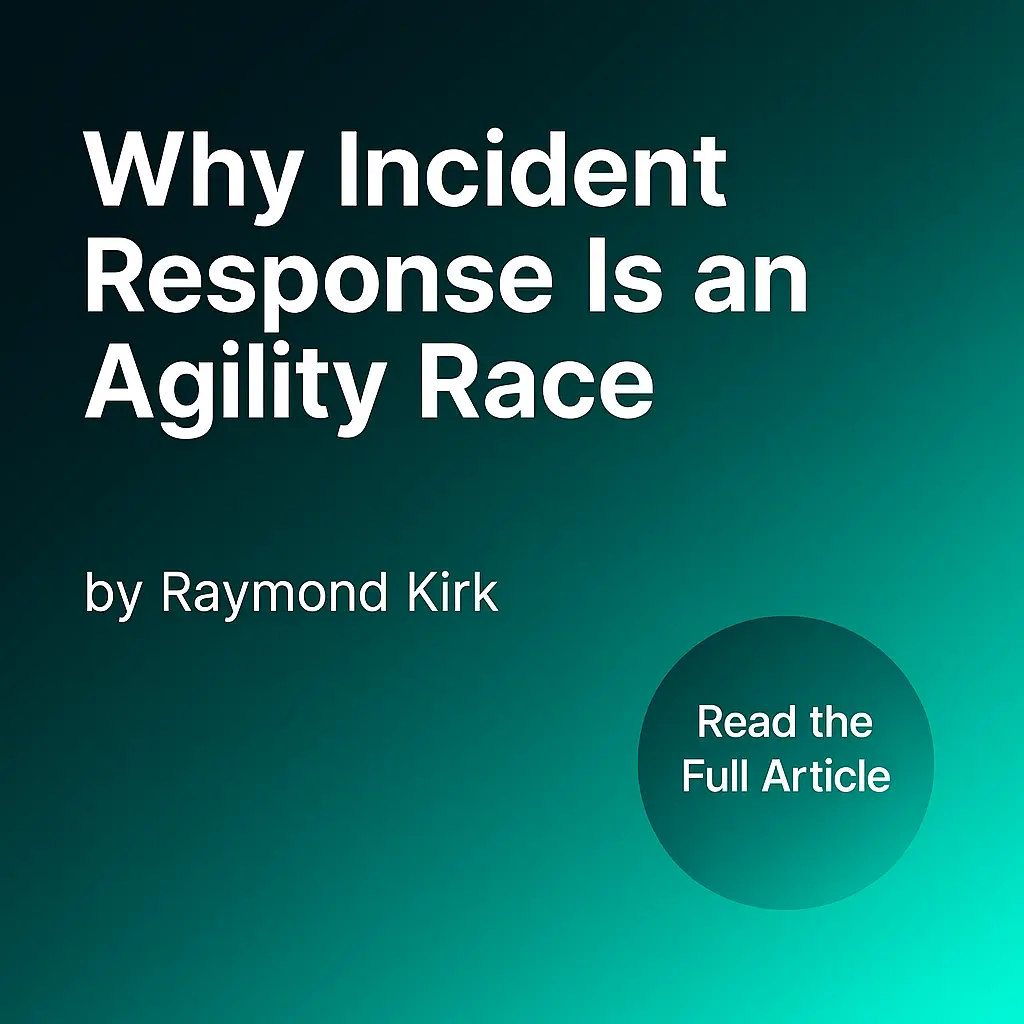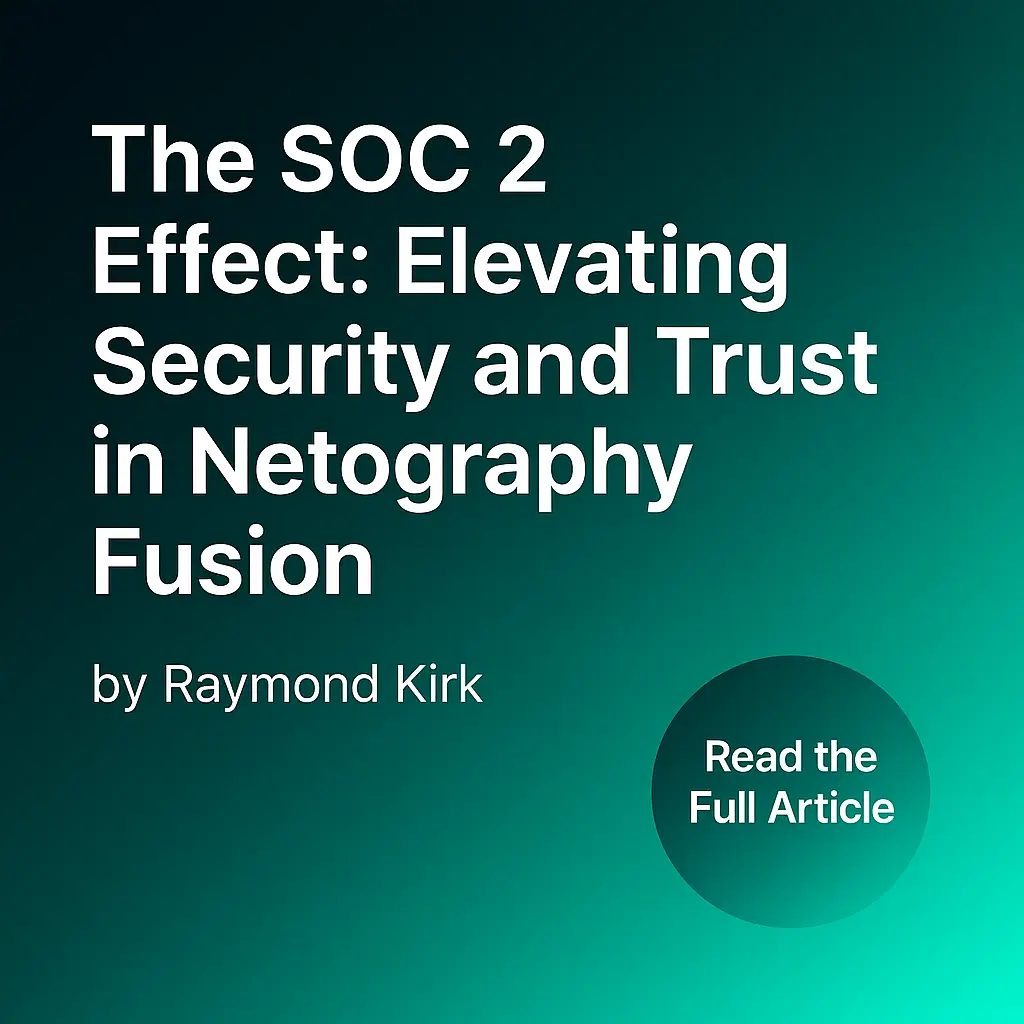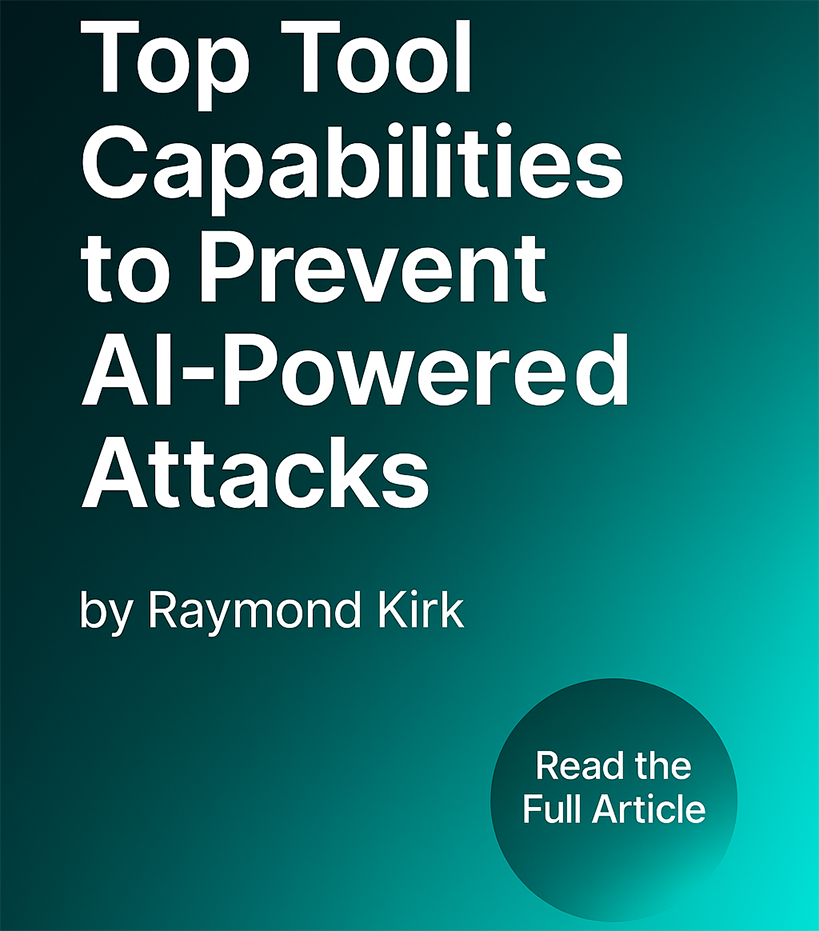🔥 Why Incident Response Is Now an Agility Race (And How to Win It)
Cyberattacks have evolved. Incident response hasn’t—yet.
In a world where attackers launch probes within seconds of exposure, speed, clarity, and cognition are the new pillars of modern cybersecurity defense.
Let’s break down the critical reasons why incident response is no longer a playbook—it’s an agility race.
🕒 Attackers Launch Within Seconds of Exposure
A Wallarm API security study showed that attackers begin targeting newly exposed infrastructure in as little as 8 seconds. That means your service is being probed before you can even refresh your dashboard.
With AI-driven reconnaissance and automation, attackers now operate with machine-like speed and precision. That means the traditional detect-analyze-respond cycle is already lagging behind.
Suggested keywords:
real-time incident response
API threat detection speed
automated cyberattacks
🧠 Attribution Is No Longer Optional—It’s Core
Once an intrusion begins, identifying the initial attack vector is essential to containment. But attribution is hard: security analysts must stitch together scattered data from EDRs, SIEM dashboards, API gateways, and log pipelines.
Organizations that could identify the initial attack vector reduced breach costs by $1.5 million on average (IBM 2023 Data Breach Report).
Without attribution, teams risk spending precious time chasing false leads.
🧬 Cognitive Agility Is the Next-Gen Security Layer
Incident response isn’t just a technology race—it’s a thinking race.
Defenders must operate in high-pressure, high-volume environments while making judgment calls that can impact trust, revenue, and brand safety. That’s why cognitive agility enhancers are becoming essential.
These systems:
Eliminate low-level attribution work
Deliver high-confidence, low-false-positive insights
Guide decision-making with data-driven workflows
MITRE’s Engage framework refers to this as “empowering defenders under cognitive load.”
Top tools:
SOAR platforms (e.g., Splunk, Swimlane, Cortex)
Decision intelligence overlays
Automated playbooks with behavioral context
🧘♀️ Psychological Safety Fuels Better Response
Even the smartest tech fails if analysts are overwhelmed, under-supported, or mentally burned out.
According to Google’s Project Aristotle, psychological safety is the #1 predictor of high-performing teams.
Security teams need:
Systems that reduce alert fatigue
Safe environments for raising flags or escalating threats
Human-first workflows that support judgment under stress
📉 TL;DR: Speed Is Not Enough
| Priority | Why It Matters |
|---|---|
| Real-time detection | Because attackers launch before dashboards load |
| Attribution clarity | To stop threats at their origin, not at the edge |
| Cognitive support | Because humans must outthink bots |
| Psychological safety | Because burnout breaks response systems |
Want to see the tech stack that supports this approach?
📖 Read Top Tool Capabilities to Prevent AI-Powered Attacks for the latest innovations in real-time threat detection and response.


